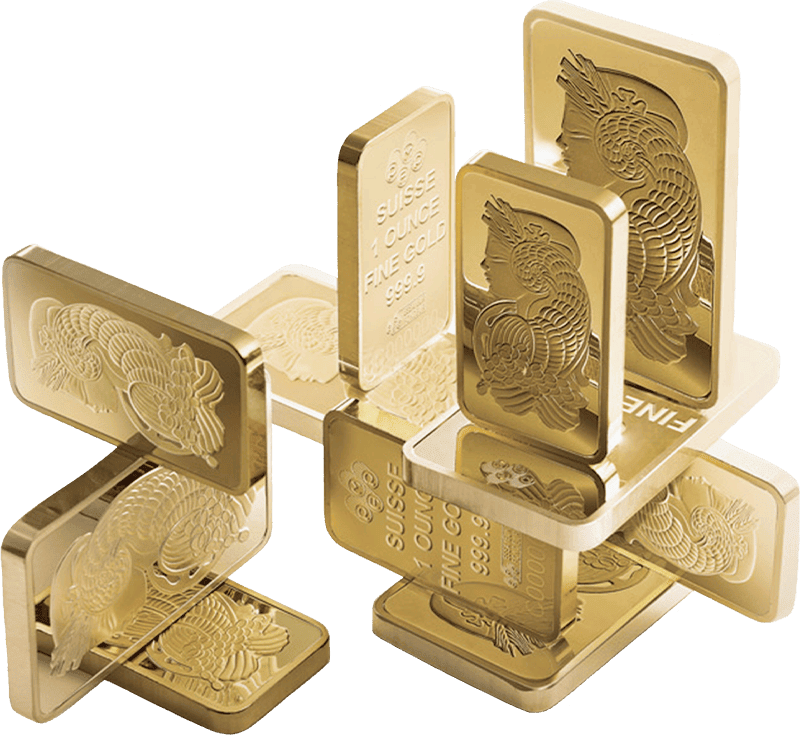Blog
Quali sono le notizie e gli eventi degli ultimi giorni? Con noi, starai sempre sul pezzo. Buona lettura.

19. 11. 2025
Ing. Petr Kohoutek, MBA, capo analista e Key Account Manager IBIS InGold
Quando vedremo il prezzo dell'oro sopra i 10.000 USD?
Il prezzo dell'oro è schizzato a ben 4.400 USD l'oncia, e il suo successivo ribasso può essere considerato una sana correzione, che rispecchia non solo le prese di profitto da parte degli investitori a breve termine e speculativi, ma anche numerosi cambiamenti positivi nel panorama geopolitico e macroeconomico.
Comincia a risparmiare oggi stesso!
Costruisci il tuo patrimonio familiare e raccogli i frutti del tuo investimento






